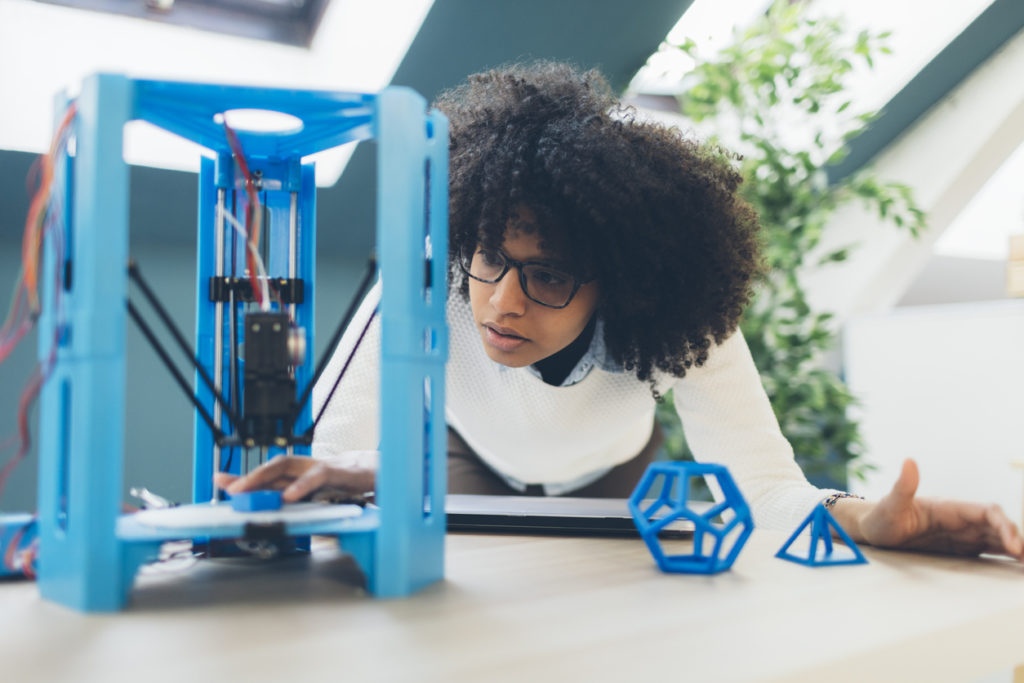Ballistocardiography—or, the graphical representation of the body’s movements in response to the heartbeat—is a promising, newly revived technique that may soon make it to the masses as a wearable medical device. At least if things bode well for the engineers designing the world’s first prototype of a patch that can monitor the heart's mechanics in conjunction with user activity and environment.
This future “20-dollar” technology worn on the chest surface could lead to better and more affordable prevention of major cardiovascular health problems.
The patch symbolizes the merge of two growing trends in the U.S., one of which is the move toward preventative healthcare. This trend is driven by a complicated web of factors including astronomical healthcare costs, a shortage of physicians, and advancements in connected devices (and marketing initiatives) encouraging consumers to be more proactive about health and wellness.
The second trend the patch addresses is the influx of cardiovascular disease, which is the leading global cause of death. In the U.S. alone, cardiovascular disease affects more than 30% of the population, and by 2030, this number is expected to climb to 40% (23.6 million people). As a result, the cost associated with cardiovascular disease is rising to be one trillion dollars per year, and is already the number one medical cost in the U.S. (source: American Heart Association).
In order to curb these statistics, something needs to change. Which is why an interdisciplinary team of clinicians and electrical, computer and biomedical engineers has been developing next-generation, at-home technology aimed at detecting heart issues—and preventing related hospitalizations.
If deployed commercially, the patch could be a very useful asset in the next 10-20 years. Unlike ultrasound equipment at the hospital, the patch sensors are programmed to unobtrusively measure activity context (e.g., human gets out of chair) and dosage of the activity (e.g., human climbs three steps). However, in contrast to existing consumer wearables that only track such activities along with heart rate, it leverages seismocardiography to measure the more subtle mechanical-vibration and hemodynamic (blood flow) aspects of the heart. This enables it to identify minuscule patterns and conditions—such as weakened heart muscle—that can escalate quickly to cause hypertension and other complications due to heart failure.
Tracking these subtle mechanical changes not only helps detect heart issues, but it could also help patients better regulate medication dosages.
“Once a heart failure patient ends up in the hospital, chances are they could be back within 30 days of release,” said Mozziyar Etemadi, researcher. “And even if they’re not, heart failure patients are typically on dozens of medications with dosages that can change by the day. The goal of the patch is to provide insightful data that can help patients take the right amount of medication at any given point in time, and keep them out of the hospital longer.”
On top of its medical benefits, the patch is designed to use very low battery power thanks to a novel sensor architecture system called cUSM. In the cUSM model, the sensors activate themselves rather than relying on a microcontroller so that they can remain in a deep sleep mode for most of the time.
The below images represent the patch circuitry hardware (a), actual seismocardiogram signals from a subject with the device attached to the sternum (b,b), and the novel cUSM approach (c).


“Our design uses the lowest power consumption of any combined hemodynamic and activity recording hardware available,” said Etemadi. “We want the device to last for many years, without the need to charge it every day.”
The prototype still has a long road ahead before it becomes a convenient and comfortable user-friendly device. The biggest challenge the team now faces is figuring out how to more accurately interpret the mechanical heart signals picked up by the patch sensors.
“We’ve seen companies jump the gun on wearable or low-power medical technology without really understanding what they’re measuring,” said Omer Inan, researcher. “So first, we need to better control how we’re reading the heart-response signals.”
With the support of a 2.86 million dollar R01 grant from the National Heart Lung and Blood Institute, the engineers and clinicians—who have been studying ballistocardiography and seismocardiography together for the past decade—can focus on making the patch a reality.
“This would not have been possible a decade ago when sensors could not interface and communicate with each other as well as they do today,” said Inan. “But ultimately, it’s about having a team of collaborative experts with different, yet complementary, backgrounds. As we continue to bounce ideas off each other and improve the device with time, we think our patch could help improve millions of patients’ lives.”
Read more about ballistocardiography in IEEE Xplore.
Research reported in this publication was supported by the National Heart, Lung, And Blood Institute of the National Institutes of Health under Award Number R01HL130619 and the National Institute of Aging under Award Number R56AG048458. The content is solely the responsibility of the authors and does not necessarily represent the official views of the National Institutes of Health.





